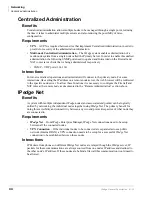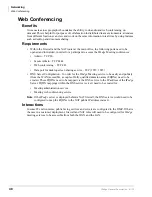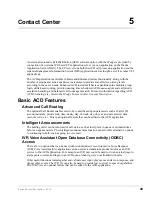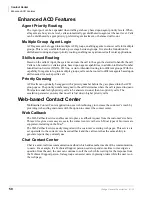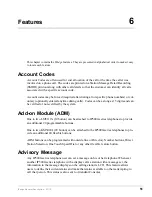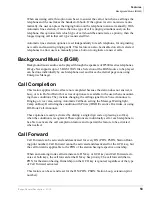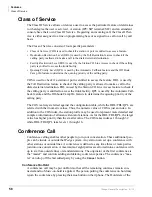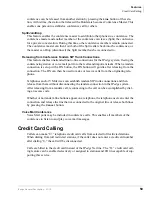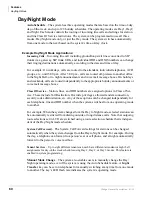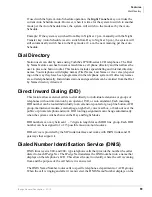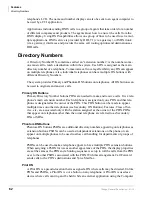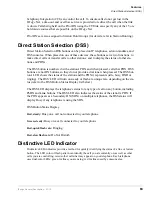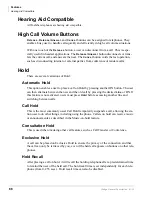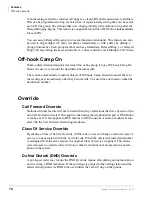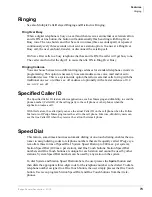
Features
Class of Service
58
IPedge General Description 01/12
Class of Service
The Class Of Service allows or denies a user to access the particular feature or determines
to what degree the user is serviced. A station (IPT/ SIP terminal/ SLT) and an attendant
console have their own Class Of Service. Regarding an incoming call, the Class Of Ser-
vice is either assigned to a line on programming base or assigned to a call on call by call
basis.
The Class of Service consists of four specific parameters:
•
Class of Service (COS) is used to check if a station or port is entitled to access a feature.
•
Destination Restriction Level (DRL) is used by the Toll Restriction feature to check if the
calling party is allowed to make a call to the dialed external destination.
•
Facility Restriction Level (FRL) is used by the Station CO Line Access to check if the calling
party is entitled to access the trunk facility.
•
Queuing Priority Level (QPL) is used by the Automatic Callback feature and the Off Hook
Camp On feature to determine the queuing priority of the calling party.
COS is used to check if a station or port is entitled to access the feature. DRL is used by
the Toll Restriction feature to check if the calling party is allowed to make a call to the
dialed external destination. FRL is used by the Station CO Line Access feature to check if
the calling party is entitled to access the trunk facility. QPL is used by the Automatic Call-
back feature and the Off-hook Camp On feature to determine the queuing priority of the
calling party.
The COS is always referred against the configuration table, while the DRL/FRL/QPL are
referred with their numeric values. Thus, the numeric value of COS is just an index. In
addition to the COS index, the station profile may be used to represent more detailed and
complex information of allowance/denial of stations. As for the DRL/FRL/QPL, the larger
value has higher priority than the smaller value. The COS takes indexes 1 through 32
while DRL/FRL/QPL take levels 1 through 16.
Conference Call
Conference calling enables other people to join your conversation. These additional peo-
ple can be inside or outside the IP
edge
system. Any station can set up a conference with
other stations or outside lines. A conference is defined as any time three or more parties
join into one conversation. A maximum of eight parties are allowed into a conference with
up to six from outside lines or standard stations. The originator of the first conference is
the “master” and controls adding and deleting conference parties. The conference “mas-
ter” can drop off the last added party by using the
Cancel
button.
Conference On-Hold
A conference call may be put on Hold so that all the remaining conferees remain con-
nected and no Music-on-hold is applied. The person putting the conference on hold may
rejoin the conference by pressing the
Line
button on their phone. The Hold state of the
Содержание ID EDGE
Страница 1: ...TOSHIBA Telecommunication Systems Division January 2012 General Description Title Page ...
Страница 6: ...This page is intentionally left blank ...
Страница 12: ...This page is intentionally left blank ...
Страница 24: ...This page is intentionally left blank ...
Страница 128: ...This page is intentionally left blank ...
Страница 134: ...This page is intentionally left blank ...
Страница 142: ...This is the last page of the document ...

